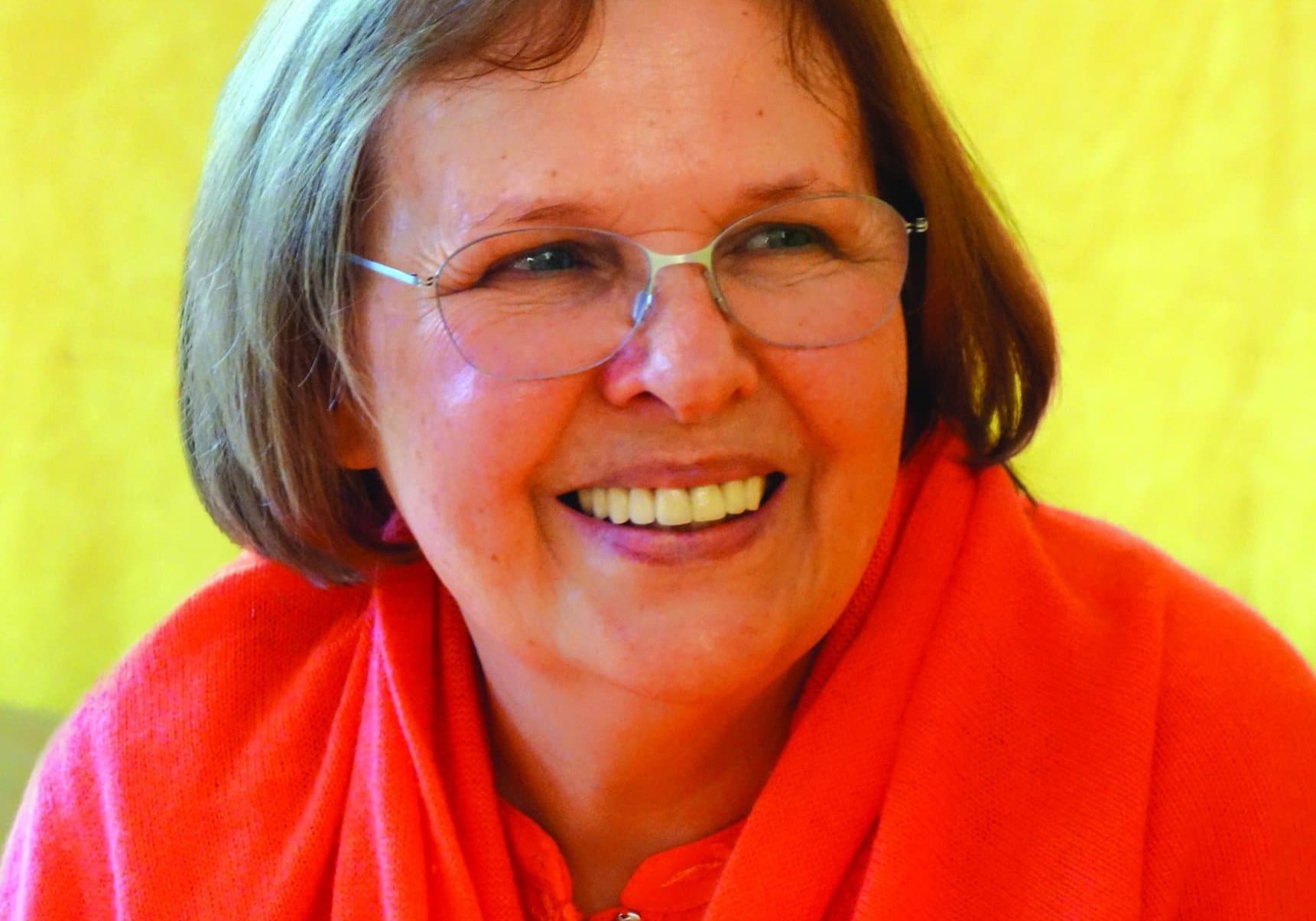In daily life, we see the workings of the gunas as different levels of the mind. Every day we encounter one ‘problem’ or another. The difference lies in how we respond to it. We can reflect on our response in our contemplation or meditation in the evening: “Was my reaction to another person in an unpleasant situation pure or sattvic? Did I give the other person space and was I able to see that the problem will eventually be solved? Did I react in a rajasic or passionate way with equal intensity? Or did I turn away in a tamasic or lethargic way?”
When we speak of activity in yoga, we mean rajo guna, but in any one activity all three gunas can manifest. Restlessness can lead to an action which we regret afterward. The action is completed to fulfil one’s own desire rather than to do that which needs to be done. The motive behind an action is what makes the difference. lt is important to reflect on it and analyse whether this motive is sattvic, rajasic, or tamasic.
Sattvic peace comes from action, but only from action which is free of egoism. Otherwise, restlessness is created and you become a workaholic, then you become exhausted, then burn out, then turn into a couch potato who is no longer able to do anything. This tendency then changes back into restlessness and the wheel starts turning again. lt is like the movement of a pendulum between rajas and tamas.
Often different behaviours can be observed in different areas of life. A person who is active and successful on the job and works with great concentration may be lazy and lethargic in private life. Tamas and rajas live close to one another. True sattva presupposes that this difference does not exist.
The coexistence of rajas and sattva, however, is the result of intensive training which makes it possible to think in sattva and be active at the same time.
Sattvic activity is the result of calm and concentrated reflection on what needs to be done, and which steps need to be taken to serve oneself and humanity. Pausing for a moment and practicing self-observation before and after the activity calms the mind. The activity then becomes sattvic.
Presented by Sivananda Yoga Vedanta Centre, Putney, London.
sivanandalondon.org
Swami Durgananda, Yoga Acharya, is director of the European Sivananda Yoga Vedanta Centres. Her practical and intuitive style of teaching is the result of intensive practice and over 50 years of teaching experience. She is the author of a commentary on the Yoga Sutras of Patanjali, The Inner Path, and The Light of Wisdom.
Contact: Reith-office@sivananda.net




